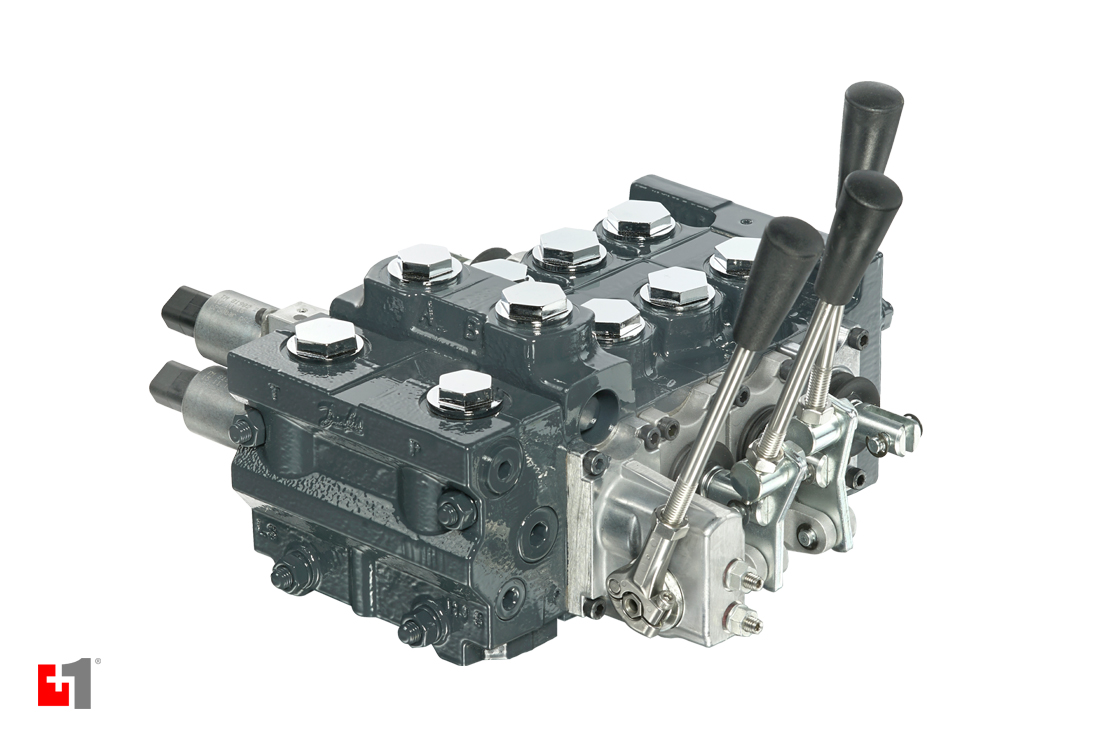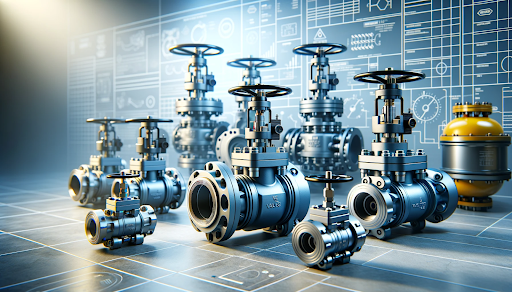Checking out the Performance of Modern Control Valves in Industrial Applications
Checking out the Performance of Modern Control Valves in Industrial Applications
Blog Article

Maximize Power Savings and Convenience With Advanced Structure Automation Controls
In the world of modern architecture and facility management, the integration of advanced building automation controls stands as a pivotal innovation. The merging of innovation and sustainability has birthed a brand-new era where power effectiveness, convenience optimization, and functional streamlining are no more achievable truths but far-off desires. By utilizing the power of automation, buildings can adapt, respond, and develop in manner ins which were as soon as inconceivable. The potential for significant energy savings and improved convenience is not just a possibility however a guarantee waiting to be met. This standard shift in building management holds the essential to opening a world where ecological conscientiousness and resident wellness sympathetically exist side-by-side within the wall surfaces of our structures.
Energy Effectiveness Perks
Energy performance advantages can substantially decrease power usage and operational expenses in buildings. By applying energy-efficient techniques and innovations, building proprietors and drivers can accomplish considerable financial savings while additionally adding to ecological sustainability. One of the main benefits of enhancing power performance in buildings is the decrease of energy expenses. Energy-efficient systems, such as advanced building automation controls, can enhance using sources like cooling, lighting, and heating, causing lower power costs in time.
Additionally, improved energy performance can prolong the life expectancy of structure devices and systems. By running more successfully, heating and cooling systems, lighting fixtures, and various other structure elements experience much less deterioration, leading to reduced maintenance and replacement expenses. In addition, energy-efficient buildings typically regulate higher residential or commercial property worths and rental rates, giving long-term economic benefits to proprietors.
Additionally, energy effectiveness can improve resident comfort and productivity. Correctly controlled indoor atmospheres with optimum lights and thermal conditions develop an even more helpful and pleasant office, causing enhanced worker complete satisfaction and efficiency. Overall, the power efficiency advantages connected with innovative structure automation controls are multifaceted, incorporating price savings, environmental stewardship, and owner wellness.
Enhanced Comfort Control
Enhancing convenience control in structure environments calls for an innovative assimilation of advanced automation systems for ideal occupant wellness. By utilizing advanced structure automation controls, facilities can tailor the indoor setting to fulfill the particular requirements and choices of residents. control valves.
Improved comfort control surpasses standard temperature level adjustments. It consists of functions such as tailored setups, tenancy sensors, and all-natural light utilization to produce a vibrant and responsive setting. By incorporating these sophisticated controls, buildings can not just boost comfort but also improve power performance by enhancing system procedures based on actual occupancy and use patterns. Eventually, prioritizing occupant comfort via innovative automation systems brings about a more pleasurable and healthier interior atmosphere.
Functional Effectiveness Improvements

Moreover, the implementation of real-time monitoring and analytics devices allows structure operators to recognize power inadequacies and functional anomalies quickly. By continuously monitoring energy use patterns and system efficiency metrics, adjustments can be made in real-time to maximize power intake and guarantee peak operational performance. control valves. Additionally, incorporating need feedback methods right into building automation controls can further improve functional performance by dynamically adjusting energy use based upon grid problems and prices signals
Indoor Climate Optimization
Effective useful source interior climate optimization is a basic aspect of building automation controls, ensuring residents' comfort and well-being while making best use of energy savings. By using advanced sensors and controls, building automation systems can constantly keep track of and readjust temperature level, humidity levels, air quality, and air flow to produce an optimal interior atmosphere. Maintaining comfy and regular problems not just boosts passenger complete satisfaction yet likewise increases performance and general health.
Interior climate optimization additionally plays a crucial function in energy performance. By fine-tuning cooling, home heating, and air flow systems based on real-time data and tenancy patterns, constructing automation controls can dramatically reduce power consumption - control valves. Executing strategies such as demand-controlled ventilation and thermal zoning can assist decrease energy waste while making sure that each location of the building obtains the required conditioning.

Sustainable Atmosphere Creation
Structure automation regulates not just maximize indoor climate conditions for power effectiveness and occupant comfort but likewise lay the foundation for creating a sustainable setting with calculated management of systems and resources. By incorporating sophisticated structure automation innovations, such as sensors, actuators, and smart software, facilities can check and best site readjust power usage in real-time to reduce waste and minimize their carbon footprint. These systems enable anticipating upkeep, determining prospective issues prior to they intensify and enhancing equipment performance to improve long life and performance.
Moreover, sustainable atmosphere production expands past energy management to incorporate water preservation, waste decrease, and interior air high quality enhancement. Structure automation controls can manage water use, find leaks, and guarantee appropriate garbage disposal methods, adding to general sustainability efforts. Additionally, by checking and regulating ventilation and filtering systems, these explanation technologies boost owner health and performance while reducing energy consumption related to cooling and heating operations.
Verdict
In verdict, progressed building automation manages offer significant benefits in terms of energy savings, comfort control, operational performance, indoor environment optimization, and producing a sustainable atmosphere. By applying these controls, structures can achieve optimum efficiency while decreasing energy usage and improving passenger convenience. It is noticeable that using advanced automation innovation is vital in enhancing structure efficiency and creating a more sustainable future.
Power efficiency benefits can significantly reduce energy intake and functional prices in buildings. Generally, the energy effectiveness benefits linked with sophisticated building automation controls are multifaceted, incorporating cost savings, environmental stewardship, and owner well-being.
In addition, integrating demand action strategies right into structure automation controls can additionally boost functional performance by dynamically adjusting energy usage based on grid conditions and prices signals.
Building automation manages not just maximize indoor climate conditions for energy effectiveness and resident comfort but additionally lay the structure for developing a sustainable environment with calculated management of resources and systems.In final thought, progressed building automation regulates offer substantial advantages in terms of energy savings, comfort control, functional effectiveness, interior environment optimization, and developing a sustainable environment.
Report this page